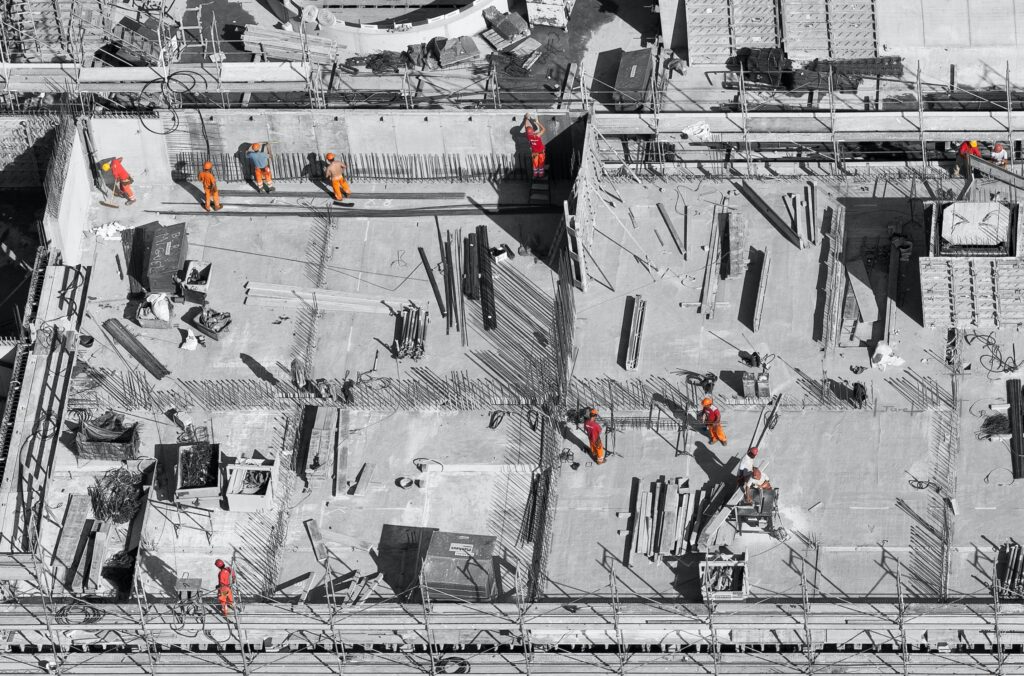How Do Home Builders Make Money
Introduction
3D printing technology has revolutionized the way we manufacture and create products. It involves the use of a printer that can create three-dimensional objects by layering materials on top of each other. In recent years, 3D printing has also made its way into the construction industry, where it is being used to create everything from small-scale models to full-sized buildings. This article will explore the benefits, advancements, examples, challenges, and future of 3D printing in construction.

Benefits of 3D Printing in Construction
One of the main benefits of 3D printing in construction is increased efficiency and speed. Traditional construction methods can be slow and labor-intensive, but 3D printing allows for the creation of complex structures in a fraction of the time. Additionally, 3D printing can reduce waste and cost by using only the necessary amount of materials, which is especially important in sustainable construction.
Another benefit of 3D printing in construction is improved accuracy and precision. The technology allows for the creation of highly detailed and intricate designs that would be difficult or impossible to achieve with traditional construction methods. This precision can also lead to increased safety, as 3D printing can create structures that are more stable and durable.
Finally, 3D printing in construction allows for the creation of complex designs and shapes. This is particularly useful in architecture, where unique and innovative designs can be difficult to achieve with traditional construction methods. 3D printing allows architects and designers to create structures that are not only functional but also aesthetically pleasing.
Advancements in 3D Printing Technology for Construction
As 3D printing technology continues to evolve, there have been several advancements in the field of construction. One of the most significant advancements is the use of new materials. In addition to traditional materials like concrete and steel, 3D printing can now use materials like plastic, wood, and even recycled materials. This opens up new possibilities for sustainable construction and reduces the environmental impact of construction projects.
Another advancement in 3D printing technology for construction is larger scale printing capabilities. Early 3D printers were limited in size, but new printers can create structures that are several meters tall and wide. This makes it possible to print entire buildings, which could revolutionize the construction industry.
Finally, there have been advancements in the integration of 3D printing with other construction technologies. For example, 3D printing can be combined with robotics to create automated construction processes. This could lead to even greater efficiency and speed in construction projects.
Examples of 3D Printing in Construction Projects
There have been several notable examples of 3D printing in construction projects around the world. One of the most famous is Dubai’s Office of the Future, which was built using 3D printing technology. The building is the first fully functional 3D printed office in the world and was created in just 17 days.
Another example is the world’s first 3D printed bridge in the Netherlands. The bridge was created using a 3D printer that can print steel, and it was designed to be both functional and aesthetically pleasing. The bridge is a testament to the potential of 3D printing in construction, as it demonstrates the technology’s ability to create complex and innovative structures.
Finally, there have been several examples of 3D printed homes in the United States. These homes are typically smaller in scale, but they demonstrate the potential for 3D printing to create affordable and sustainable housing. One notable example is the 3D printed home in Austin, Texas, which was created using a mobile 3D printer and took just 48 hours to print.
Challenges and Limitations of 3D Printing in Construction
While 3D printing has many benefits in construction, there are also several challenges and limitations to the technology. One of the main challenges is the limited material options. While new materials are being developed, 3D printing is still limited in the types of materials it can use. This can be a barrier to creating structures that require specific materials, such as those that need to withstand extreme temperatures or pressures.
Another challenge is the high initial investment costs. 3D printers can be expensive, and the technology is still relatively new, which means that there are few companies that specialize in 3D printing for construction. This can make it difficult for smaller construction companies to adopt the technology.
Finally, there is a limitation in scalability for large projects. While 3D printing can create large structures, it is still limited in terms of the size of the printer and the amount of time it takes to print. This means that 3D printing may not be suitable for very large construction projects, such as skyscrapers or bridges.
Future of 3D Printing in Construction
Despite the challenges and limitations, the future of 3D printing in construction looks promising. There is potential for increased adoption and integration with traditional construction methods, which could lead to even greater efficiency and speed in construction projects. Additionally, there is ongoing development of new materials and technologies, which could expand the possibilities of 3D printing in construction.
One area where 3D printing in construction could expand is infrastructure and transportation. 3D printing could be used to create bridges, tunnels, and other infrastructure projects that require complex designs and shapes. Additionally, 3D printing could be used to create parts for transportation projects, such as airplanes and cars.
Conclusion: The Role of 3D Printing in the Future of Construction
In conclusion, 3D printing has the potential to revolutionize the construction industry. The technology offers increased efficiency and speed, reduced waste and cost, improved accuracy and precision, and the ability to create complex designs and shapes. While there are challenges and limitations to the technology, ongoing advancements and developments suggest that 3D printing will play an increasingly important role in the future of construction.






